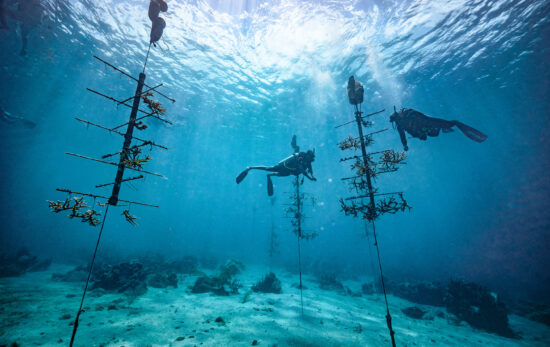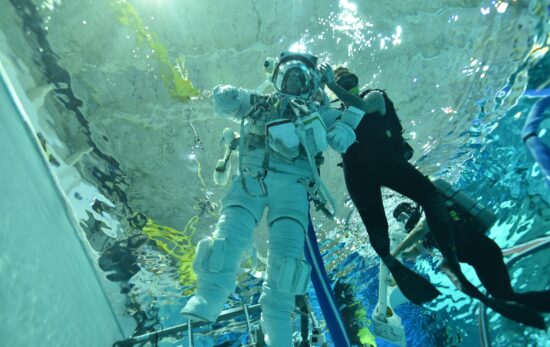Scuba diving gives us unique skills that take us to places we’d never imagine. This could mean underwater caves, unexplored reefs, or even Antarctica. Sometimes, however, scuba diving can also lead us to different careers. Just ask these PADI Pros and scuba divers: they’ve gone with the flow and found themselves with some of the most unusual and weird jobs on the planet.
1. Search & Recovery Diver
A search and recovery diver is someone who is specially trained in underwater search techniques to locate and recover objects lost beneath the surface. These divers utilize a variety of search patterns and lifting devices, equipping them to safely bring a wide variety of objects up from the depths. Some divers do this as a hobby, recovering lost jewelry or phones in water sport areas, while others become search and recovery divers professionally, recovering everything from crime evidence to victims.
A Search & Recovery Legend
Michael Gray, a search and recovery diver, started diving roughly 50 years ago, when he was 12 or 13 years old. At 17, while working for his local sheriff’s department recovery dive team, he recovered a body following a mass casualty accident in a fast-moving river. He then became a commercial diver, a PADI Specialty Instructor, Master Scuba Diver Trainer/Instructor and EFR Instructor. Gray has also developed a few PADI Specialty and Distinctive Specialty courses: Collapsed Structure Diver, Full Face Mask Diver, Swift Water Search & Recovery Diver and Underwater Hunter & Collector.
After 21 years as a US Air Force Pararescueman, Gray moved to the Department of Defense, where he now serves as the Unit Diving Officer in Fort Walton Beach, FL overseeing their specialty: Search & Recovery for the Special Tactics Academy.
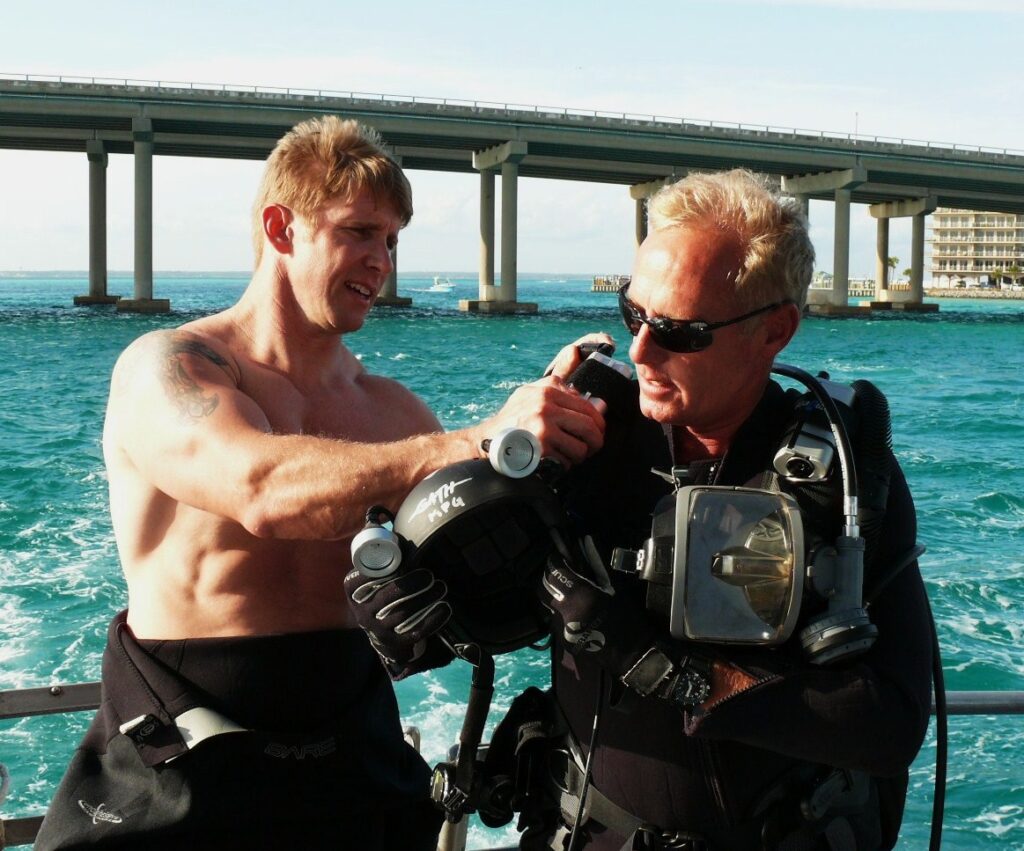

According to this dive legend, the most important diving he does is aircraft recovery because it brings closure to victims’ families. He specializes in full face mask diving with underwater communications systems, which enhances operators’ talents during searches and recoveries. His students must complete either a US Navy or Air Force Combat Dive Course (six weeks) with both open & closed-circuit qualifications before he trains them. Over his career, Gray has certified over 1,500 Search & Rescue Divers and just over 600 Full Face Mask Divers.
Gray says, “My greatest enjoyment within using my skills is training and preparing these young divers and giving them an opportunity rarely offered outside the military realm.”
Necessary Training
To become a professional Search and Recovery Diver who assists emergency services, one must complete specialized training, such as the PADI Search and Recovery Diver Specialty course, which teaches precise techniques using a variety of search patterns and lifting devices. After gaining this certification, additional training and experience with emergency response teams are essential to effectively support aquatic search and rescue missions. Moreover, training with Gray requires additional, high-level military dive training.
2. Explosives Remover
Since 2000, when Michel Quint got certified as a PADI Open Water Diver, his career in diving has “blown up.” He’s become a PADI Open Water Scuba Instructor, Commercial Diver, Commercial Diver Supervisor and a PADI Course Director. Now, he owns Discovery Divers Veenendaal in the Netherlands and works as an explosives removal diver.
Unique Skillsets that Help
“Because I am a commercial diver, dive supervisor and Senior UXO Expert, I can do the work that I do,” Quint explains. “I go above and underwater to detect, find and identify possible UXO (unexploded ordnances) from the Second World War.”
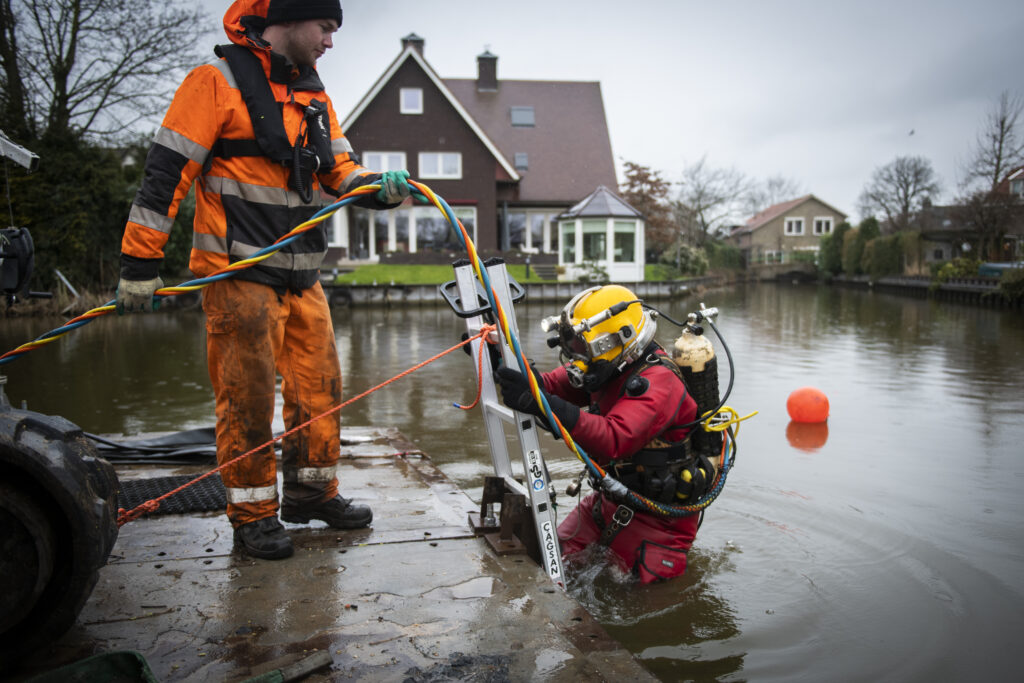
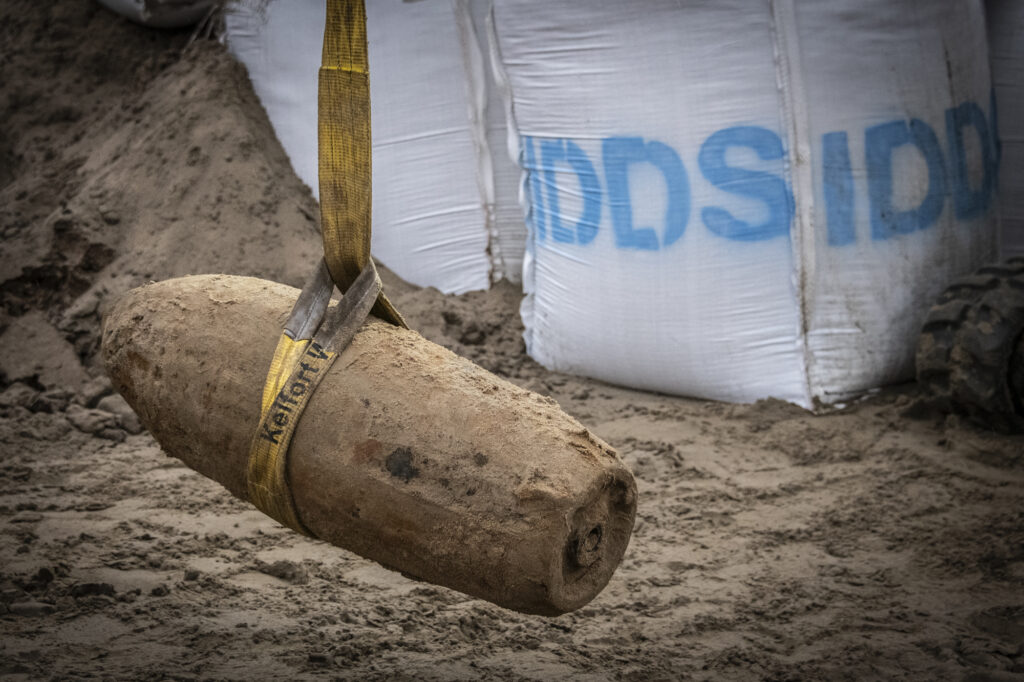
While diving, he uses an underwater metal detector and searches for metal. If he finds a UXO, he will identify it and remove it from the sea bed if possible; if not, because of its detonator type, he will leave it for clearance divers from the Navy or other military personnel.
Quint works inshore and offshore, for a variety of companies as well as his government. “In my career, I’ve found quite a few nice UXOs underwater,” he says. “A couple of 500 lb and 250 lb bombs – those are always really impressive to find.”
Common EOD Career Paths
Explosive ordnance disposal (EOD) professionals often train with and work for law enforcement or military special operations teams. Usually, PADI Advanced Open Water or Rescue Diver certifications provide the basis. Training for law enforcement EOD positions may require topics covered in the PADI Search and Recovery Diver Specialty course, including search and recovery techniques and use of lift bags. Underwater crime scene management, ROV operation, and use of underwater disrupters are other useful skills. Depending on the branch, training for a U.S. military EOD career may include physical tests, specialty dive training in dive physics, physiology and medicine and EOD school focused on demolitions, bombs, missiles, landmines, IEDs, and more. Basic parachute and technical training supplement these skillsets.
3. Commercial Offshore Diver
PADI Open Water Scuba Instructor, Air Diver (50 meter/164 feet), Saturation Diver (no limit), Trainee Supervisor, Diver Medic Technician and Assistant Life Support Technician Jimmy Fabian works as a freelance commercial offshore diver. He provides underwater services for oil and gas platforms and pipelines.
“Always remember: SAFETY COMES FIRST,” he shares. “This does not work for your recreational scuba certification. There are special training needs.”
In his work, he uses surface supply equipment and two-way communication systems.
To become a professional commercial diver, applicants must complete commercial dive requirements within two years of their designation. This ensures continuous maintenance of skills necessary to safely perform commercial diving activities. They must also gain certification from an accredited commercial dive school; this differs from PADI and other recreational diving certifications and includes requisite qualifications for the job, including underwater welding, rigging, and gear maintenance. Applicants must meet a minimum of 625 documented formal instruction hours as well as several other standards of operation.
4. Space Systems Support
Adele M. Luta uses her scuba training to aid the exploration of a different extreme environment: outer space! She’s currently the xEVA (exploration extravehicular activity) Integration Project Manager and Human Systems Business Development Manager for Oceaneering International – Space Systems.
Diving Through … Space?
Before that, she was an astronaut instructor and flight controller. “We would scuba dive in the Neutral Buoyancy Laboratory (NBL),” she recalls of her time as an astronaut trainer. “This involves either planning out a spacewalk, providing feedback, or working through the development of the spacewalk through a training spacesuit.”
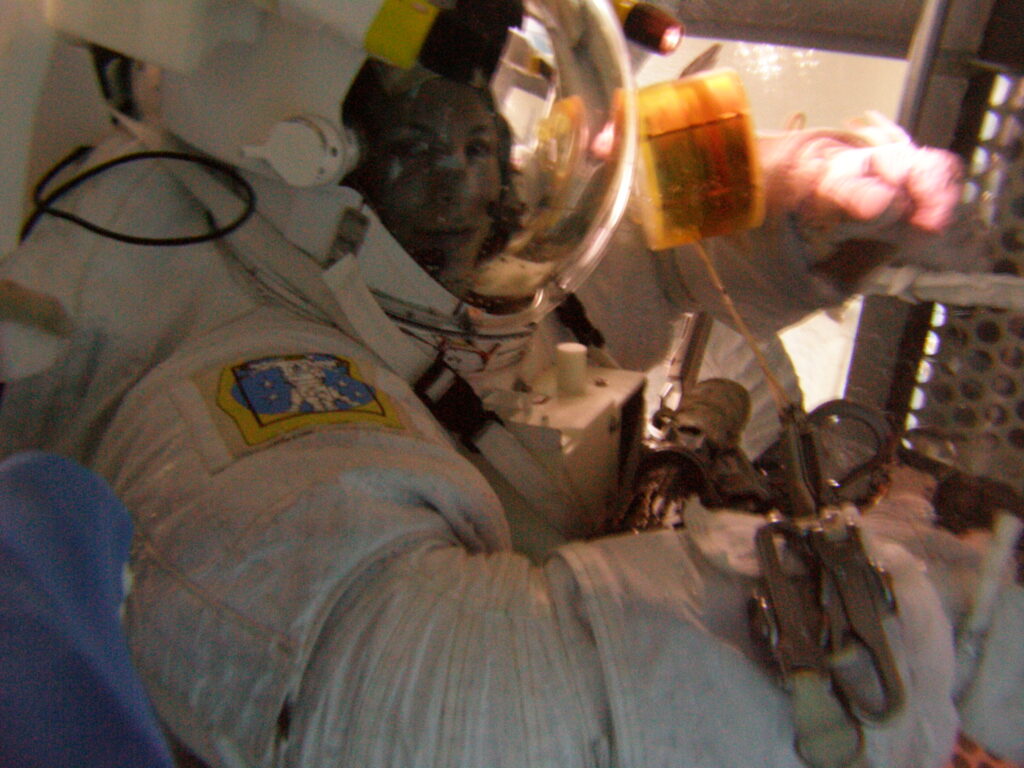
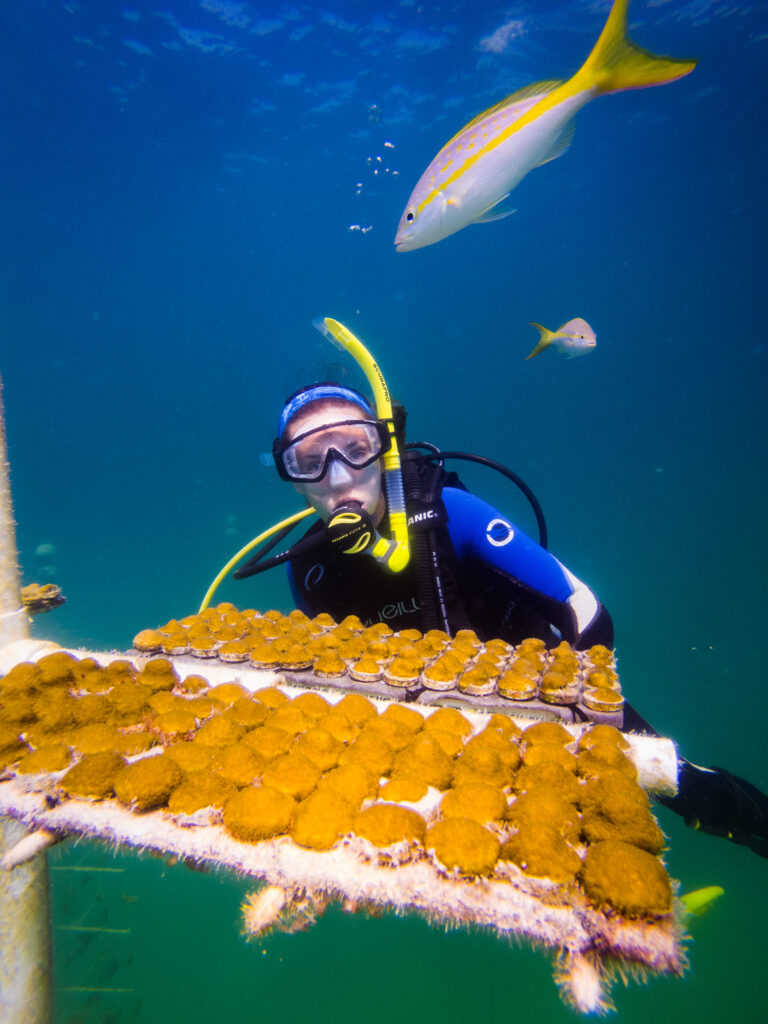
She recalls completing a zero-g flight recently where she supported a suited crewmember with spacewalk tools. “It was interesting to compare zero-g to neutral buoyancy of water,” Luta says. “There are many similarities, such as learning to control your motion; however, you transitioned faster in air than water, which makes sense. There was no current to work against, so each has its own challenges.”
Diving since 2002, Luta credits her then hobby with helping her to understand and relate to EVA (spacewalks) and to fulfill the requirements to experience a training run in the current NASA spacesuit.
How to Become a NASA Support Diver
It’s not easy! Astronaut trainees in the NBL pool have four divers assigned to them: two for safety, one to operate a camera for a live feed about the training, and one who hands tools to astronauts as needed. NBL support divers are highly trained and contracted through an international engineering company. They display excellent buoyancy and multitasking abilities and can repair and assemble equipment efficiently.
5. Underwater Cinematographer
Justin Lutsky has been certified since 2015. Now a PADI Open Water Scuba Instructor, Public Safety Diver, Tech 45, Cave Diver and Mermaid Instructor, he has used his training in several unique ways.
Public Safety Diver
As a former volunteer safety diver on the Riverside County Sheriff’s Department Dive Team, he focused on search and recovery, including evidence searches, body recoveries, vehicle extractions and boat salvage missions. “Public safety diving isn’t for everyone,” Lutsky says. “The conditions we dove in were usually pretty awful, but the work itself can be incredibly rewarding. Training as a public safety diver teaches you to work on a team and exposes you to all sorts of unique situations underwater that make you a much better diver in general.” Plus, using his skills “in service of a larger community” and in challenging and stressful situations made him feel proud and more confident in his diving skills.
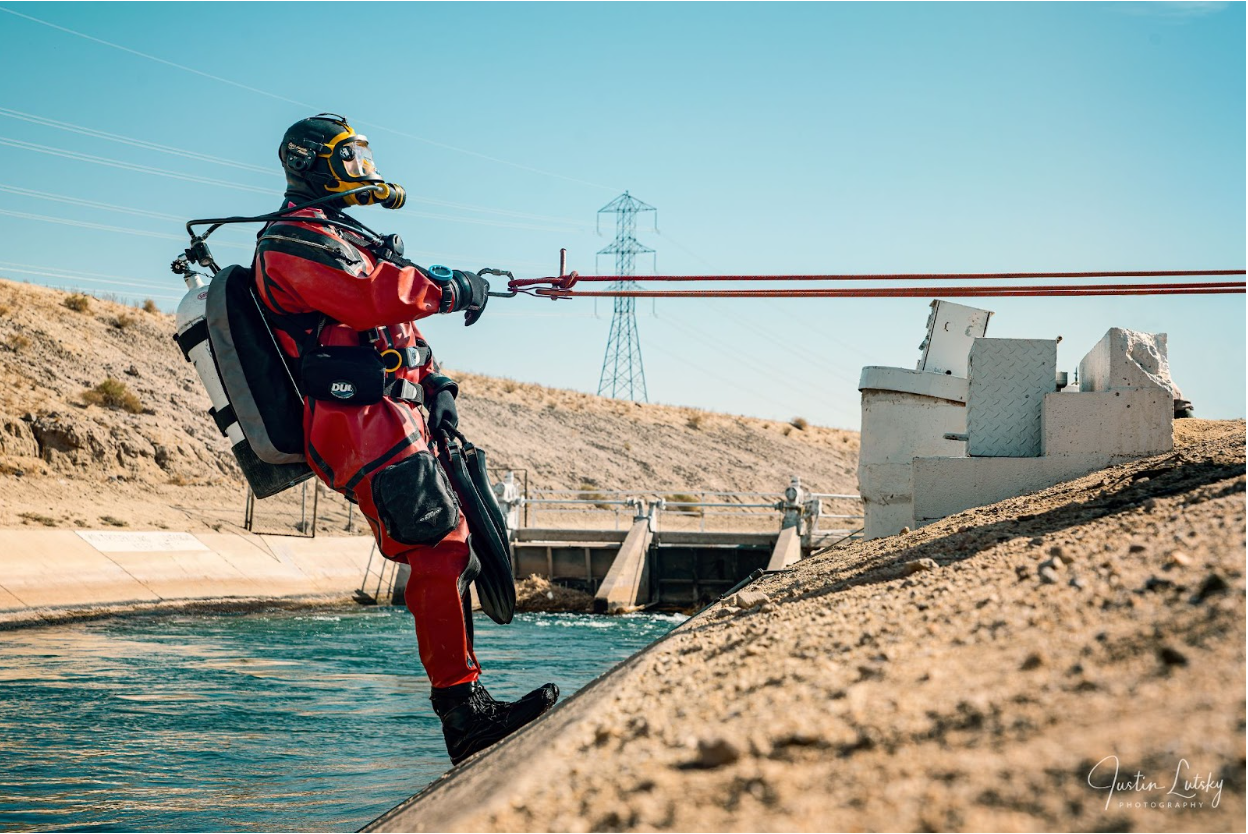
The PADI Rescue Diver course is a prerequisite for the Public Safety Diver course. The latter will prepare you to join a public safety diving team. You’ll learn rope-pull signals, conduct arc searches, use cutting tools and practice self-rescue. Realistic role-playing scenarios will further help build your confidence and knowledge.
Underwater Cinematographer
Lutsky no longer volunteers with the Sheriff’s Department; now, he combines his professional scuba diving experience with his talents in underwater film production and photography. “For me, it’s the perfect blend of technical challenge and creative expression,” he says. He fills many roles in film production, from underwater camera operator to photographer to set builder to safety diver. His work often features dramatic portraits of models and mythical creatures suspended in motion, weightless underwater.
“Working in underwater film production is by far, one of the most unpredictable and constantly thrilling ways to put my dive skills to the test,” he explains. “Scuba diving has to be second nature when you’re working in underwater production or photography, … because your focus is oftentimes needed on a multitude of other creative or logistic tasks.”
The PADI Underwater Videographer Specialty course can give you the basics to kickstart a career in underwater cinematography. Having good buoyancy and other technical dive skills helps, too, as Lutsky mentioned, so you can focus on creative expression.
6. Mine Clearance Diver
“I spent 12 years in the Royal Navy: four as a Royal Marine commando and eight as a Royal Navy Mine Clearance Diver. These two courses are considered among a couple of the hardest basic military courses in the world,” says Daniel McColl. The 35-year-old is currently the owner and director of DiveUk ltd.
McColl’s first dive ever was also his first day as a Mine Clearance Diver. Mine Clearance Divers with the Royal Navy identify mines and other explosives and dispose of them. McColl worked alongside and trained the UK Special Forces Divers. Now, he is a PADI MSDT with his own dive center in Falmouth, Cornwall. He has experience in recreational, military and commercial diving, as well as open-circuit, closed-circuit and surface supply diving equipment.
“I love using my military experience to help train and create good recreational PADI-certified divers,” he adds.
He is currently writing a two-day military diver experience and hopes to one day become a PADI Course Director.
Professional Requirements
Similar to EOD professionals, mine clearance divers must pass physical and mental fitness tests to ensure they can maintain their composure during high-pressure and dangerous situations. Additionally, for the Royal Navy, they train to use hydraulic tools and basic underwater engineering to handle the various situations they might find themselves in.
7. Military Diving Specialist
“My areas of expertise are in underwater searches, primarily using the circle search method, as well as underwater metal detection, underwater excavation, rigging and lift bag operations–mostly in cold and/or low visibility conditions,” says Victor Yuen.
Certified in 2010 while on active duty, he’s now a PADI Open Water Scuba Instructor.
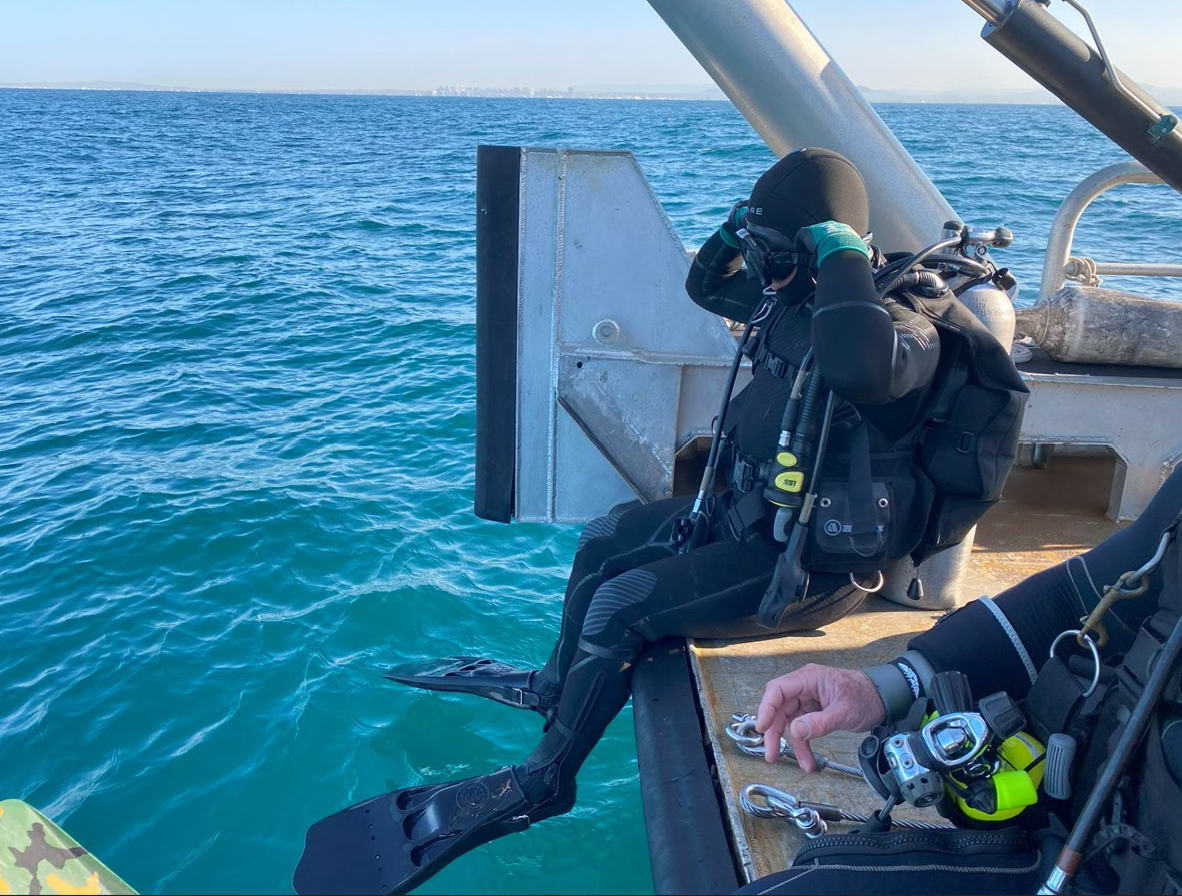
As a Military Support Diver, he’s learned that “his hands are his eyes” because they work in low to no visibility conditions. When asked about what training helps him most, he says, “The biggest thing by far is mindset and planning. Some of our ops can get complicated, so it’s important to plan things out so people aren’t confused in the water.” He credits real-time problem-solving, not multitasking and always fixing problems as they come up with “getting him through a lot of interesting situations while on the bottom.”
Yuen adds, “I absolutely love my job. This is easily the coolest thing I’ve ever done, and it’s a lot of fun. Between this and being a PADI instructor, all my work is underwater, and I don’t get tired of it.”
Military Requirements Vary by Branch
Different branches of the military have different requirements. To become a U.S. Navy Diver, you must complete Boot Camp and specialized diver preparation courses that include basic electrical and engineering courses and water adaptability. Second Class Dive School at the Naval Diving and Salvage Training Center includes training on mixed gas diving, underwater cutting and welding, demolition, recompression chamber operations, ship maintenance and more. Further training can qualify you as a First Class Diver or Master Diver.
How to Get Your Own Weird Job Through Scuba Diving
These dive careers are not your typical Divemaster or instructor gig. These PADI Professionals have taken their training further and applied their skills and confidence in ways that allow them to excel in their unique jobs. They all emphasize that becoming a PADI Pro opens the door to dreaming bigger and accomplishing more. Rock-solid dive basics and skills allow these men and women to apply what they know in more challenging situations and to take on unusual or weird jobs.
So, what are you waiting for? Ready to dive in and become a PADI Pro?
More Reading on Interesting Dive Jobs
- Rescue, Repair, Recover: 13 Surprising Things Scuba Divers Can Do
- High Paying Jobs for Scuba Divers
- Where & How to Find Scuba Jobs Worldwide
- What’s the Difference Between Commercial Diving and Recreational Diving?
- 9 Scuba Diving Jobs You Might Not Have Considered
- 4 Unique Career Opportunities for PADI Mermaids

